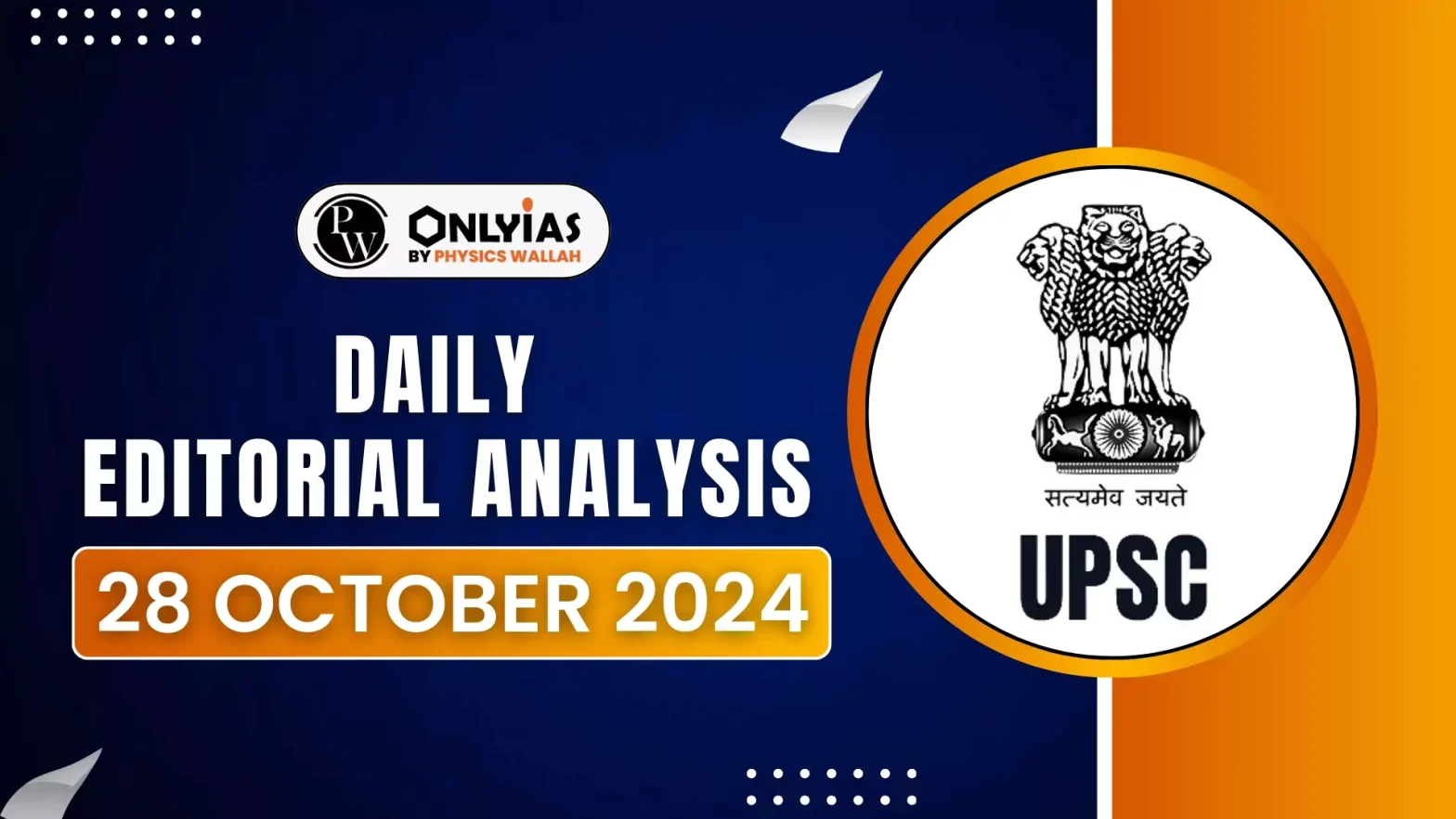The National Capital Region (NCR) faces annual pollution crises, with crop-stubble burning being a prominent contributor. Despite the Supreme Court’s call for action, the existing approach—penalising farmers and promoting costly machines—has shown limited success.
Supreme Court Observations on Stubble Burning and Air Pollution in Delhi-NCR
- Criticism of Government Inaction: The Supreme Court criticised the Centre and Delhi-NCR states for not effectively addressing stubble burning, which continues to contribute to pollution.
- Right to a Clean Environment: The Court invoked Article 21, emphasising that the right to life includes a pollution-free environment.
- Complexity Beyond Punitive Actions: Although stubble burning incidents have decreased, the Court highlighted that punitive measures alone are inadequate. There is a need to understand farmers’ challenges in crop residue management.
- Broader Pollution Sources: Pollution in Delhi-NCR has multiple sources beyond stubble burning, including:
- Local traffic emissions
- Industrial activities
- Construction dust
- Road sweeping
- Local biomass burning
- Contribution of Stubble Burning: Government data shows stubble burning contributes 5-30% of pollution in Delhi-NCR during the winter months. Most cases are recorded in Punjab and Haryana.
Enroll now for UPSC Online Course
Understanding the Root Causes of Stubble Burning
- Regulations on Sowing:
- Prior to 2009, farmers in Punjab and Haryana could sow paddy before mid-June.
- However, the Sub-soil Water Conservation Acts implemented in these states delayed paddy sowing until closer to the monsoon season to conserve groundwater.
- While effective in water conservation, this delayed sowing also pushes harvesting into a later time frame, which shortens the period between harvesting and the next sowing season.
- Narrow Harvest Window:
- Traditionally, farmers had four to six weeks after paddy harvest to prepare for the rabi crop, primarily wheat. However, this window has halved over the past 15 years.
- With limited time, farmers are pressured to clear fields quickly to prepare for the next crop.
- The high demand for labour during this short period causes labour scarcity and increased labour costs, making it difficult for farmers to rely on manual harvesting.
- As a result, they turn to mechanised harvesting, which leaves substantial stubble in the fields that must be cleared rapidly—often by burning.
Impacts of Stubble Burning
- Soil Degradation: Stubble burning depletes critical nutrients in the soil, including nitrogen, phosphorus, and potassium. This nutrient loss increases the dependency on chemical fertilisers to restore soil fertility for subsequent crops.
- Environmental Harm: Burning stubble releases greenhouse gases and particulate matter, contributing significantly to air pollution.
- The practice also destroys beneficial soil organisms, such as earthworms, which play a vital role in maintaining soil health.
- This ecological harm further degrades soil quality, impacting future crop yields and the environment.
Current Approach on Stubble Burning
- Punishments: Efforts have focused on penalising farmers, yet without addressing the root causes. This approach overlooks the systemic constraints forcing farmers to burn stubble.
- Machine Subsidies: Fossil fuel-dependent machines are promoted as an alternative. However, these solutions are costly and often unaffordable for many farmers.
- These approaches have not been successful; if they had, stubble burning would have ceased by now.
Holistic Solutions to Tackle Air Pollution and Stubble Burning
- Manual Harvesting as an Eco-friendly Solution:
- Benefits: Leaves minimal stubble, preserving soil nutrients, enhancing biodiversity, and reducing emissions. Residue can serve as fodder and animal bedding, supporting rural livelihoods.
- Economic Impact: Manual harvesting costs about ₹4,000 per acre, which could be funded via schemes like MGNREGA or direct government subsidies, creating seasonal employment and boosting the rural economy.
- Water Conservation and Crop Diversification:
- Reduce Water-intensive Crops: Shifting from water-guzzling paddy to alternatives like oilseeds, pulses, and coarse cereals can reduce water usage and stubble burning.
- Incentives and MSP Support: Assured procurement at Minimum Support Prices (MSP) for crops like vegetable oils and pulses could encourage farmers to diversify, reducing dependency on paddy and enhancing self-reliance in edible oils.
- Economic Benefit: Diversification can cut down imports (India imports ~60% of its edible oil, costing $19 billion in 2021-22) while conserving resources and enhancing agricultural resilience.
Check Out UPSC CSE Books From PW Store
Conclusion
Penalising farmers and subsidising costly machines aren’t viable solutions for NCR’s pollution crisis. A proactive, incentive-based approach to manual harvesting offers a sustainable alternative, benefiting soil health, water conservation, and rural employment.
![]() 28 Oct 2024
28 Oct 2024

